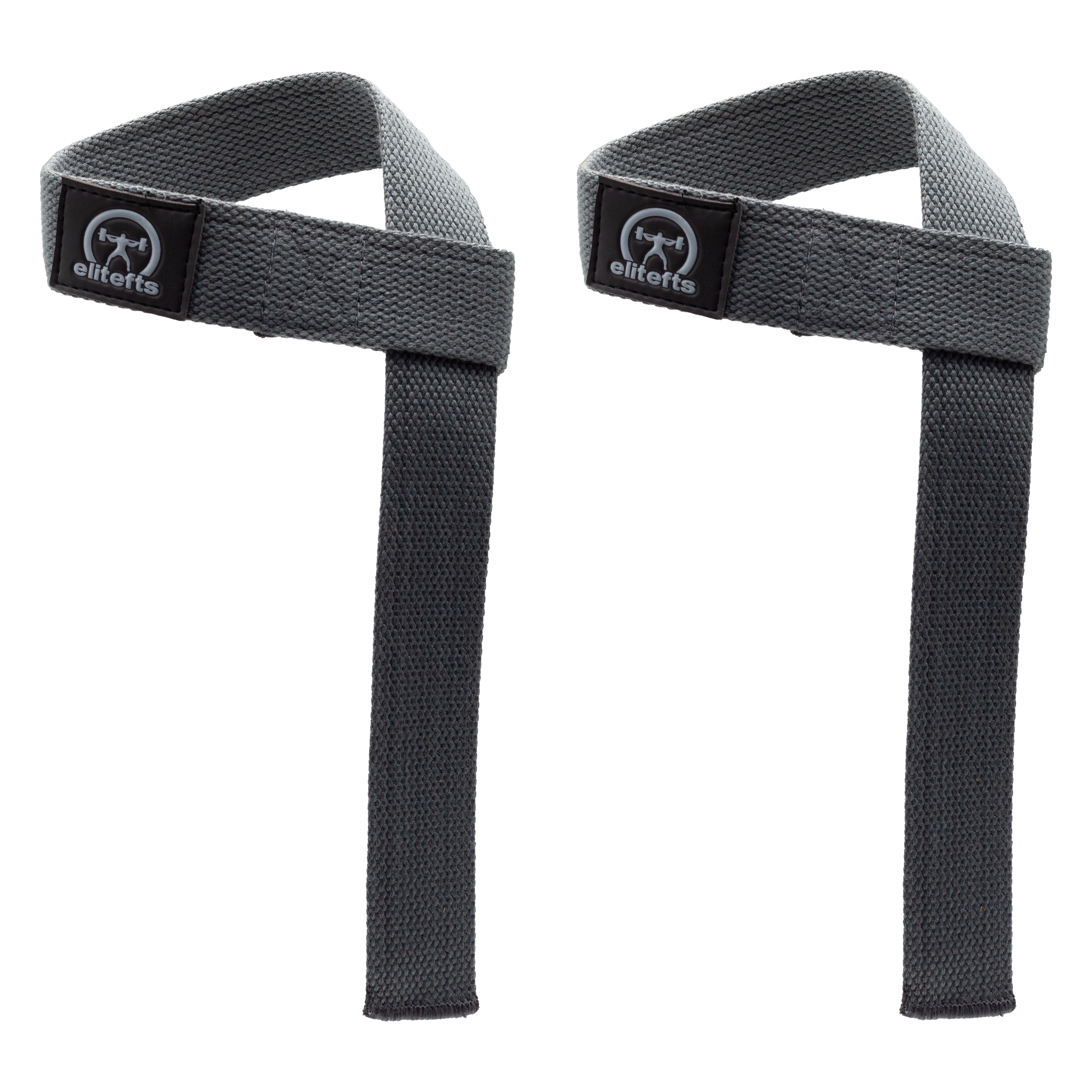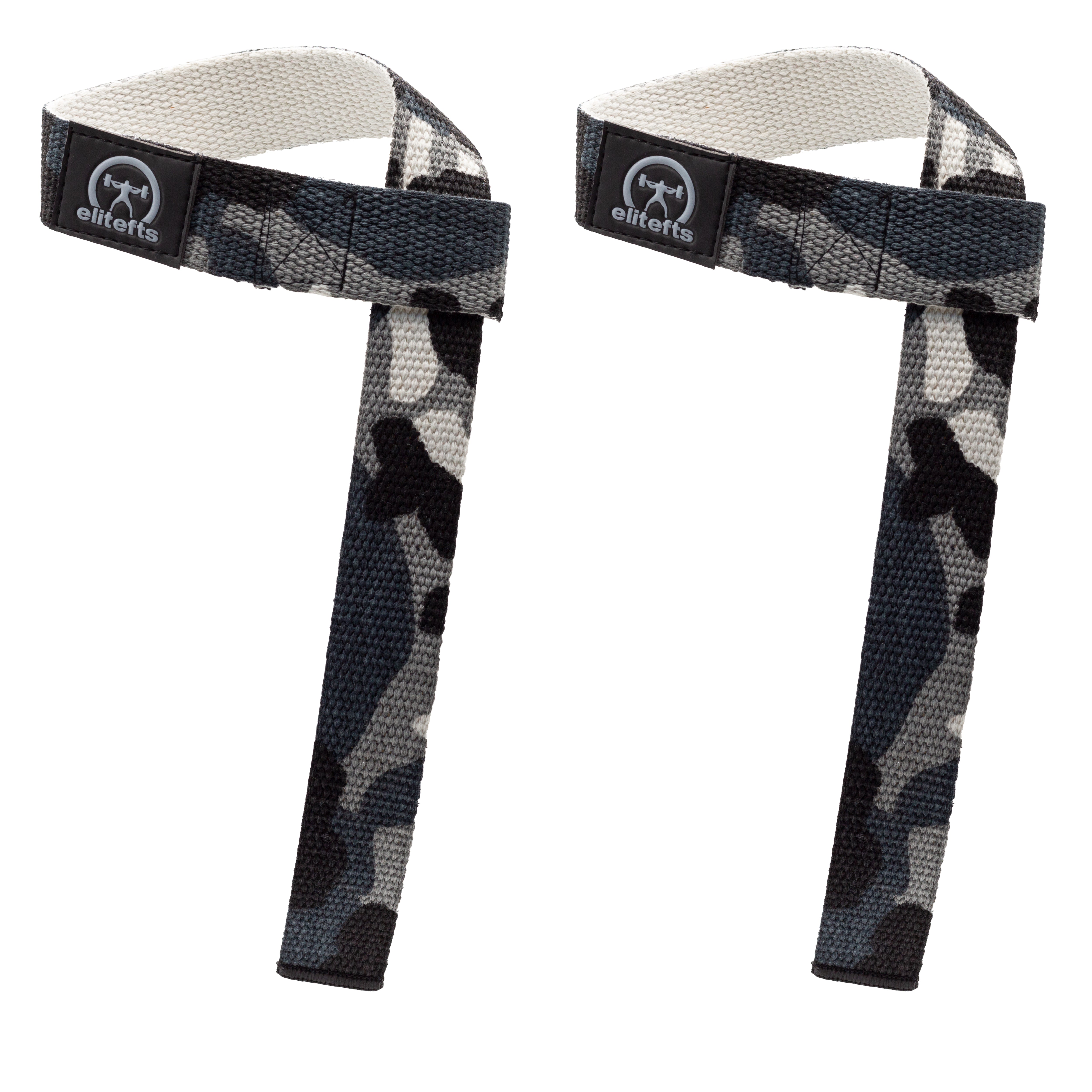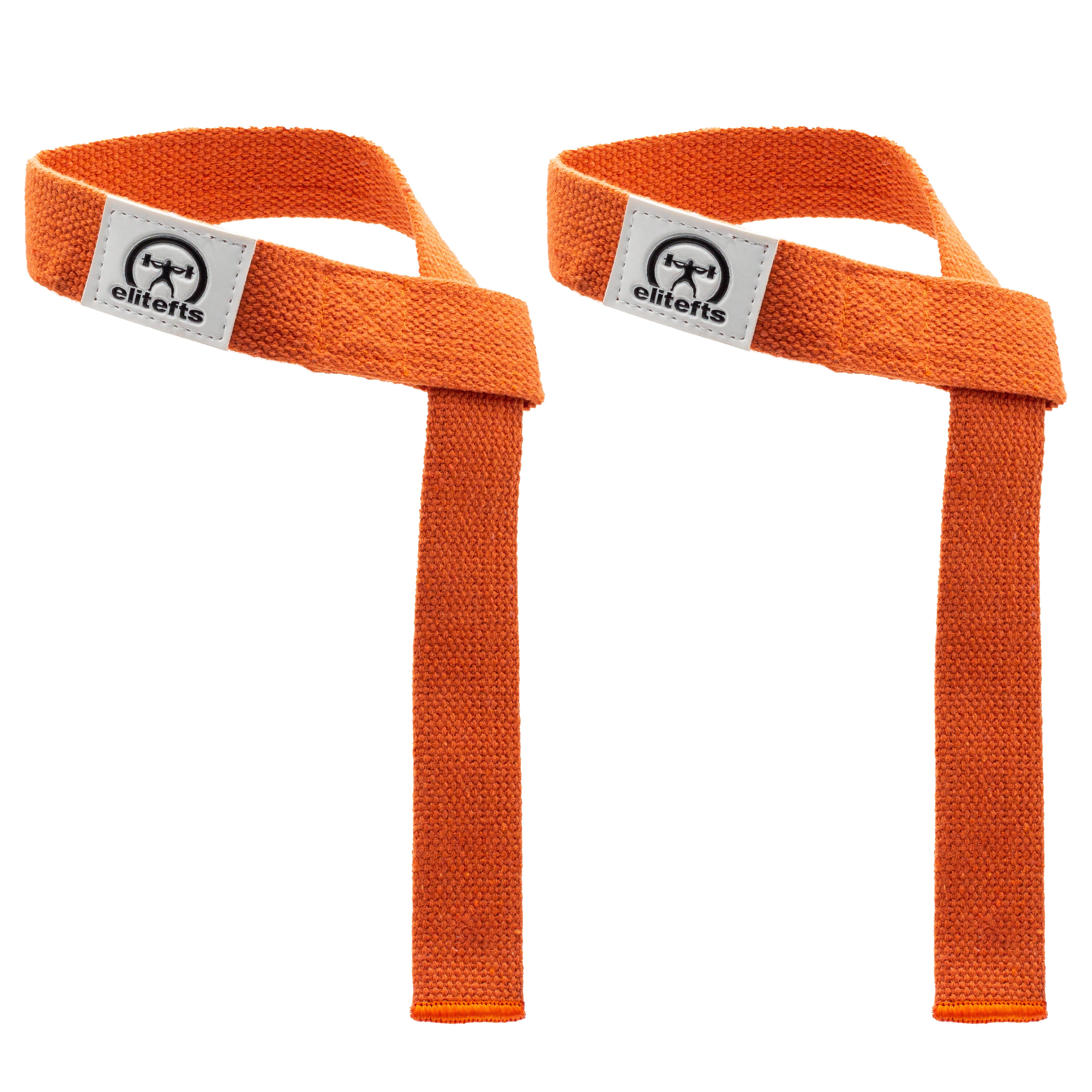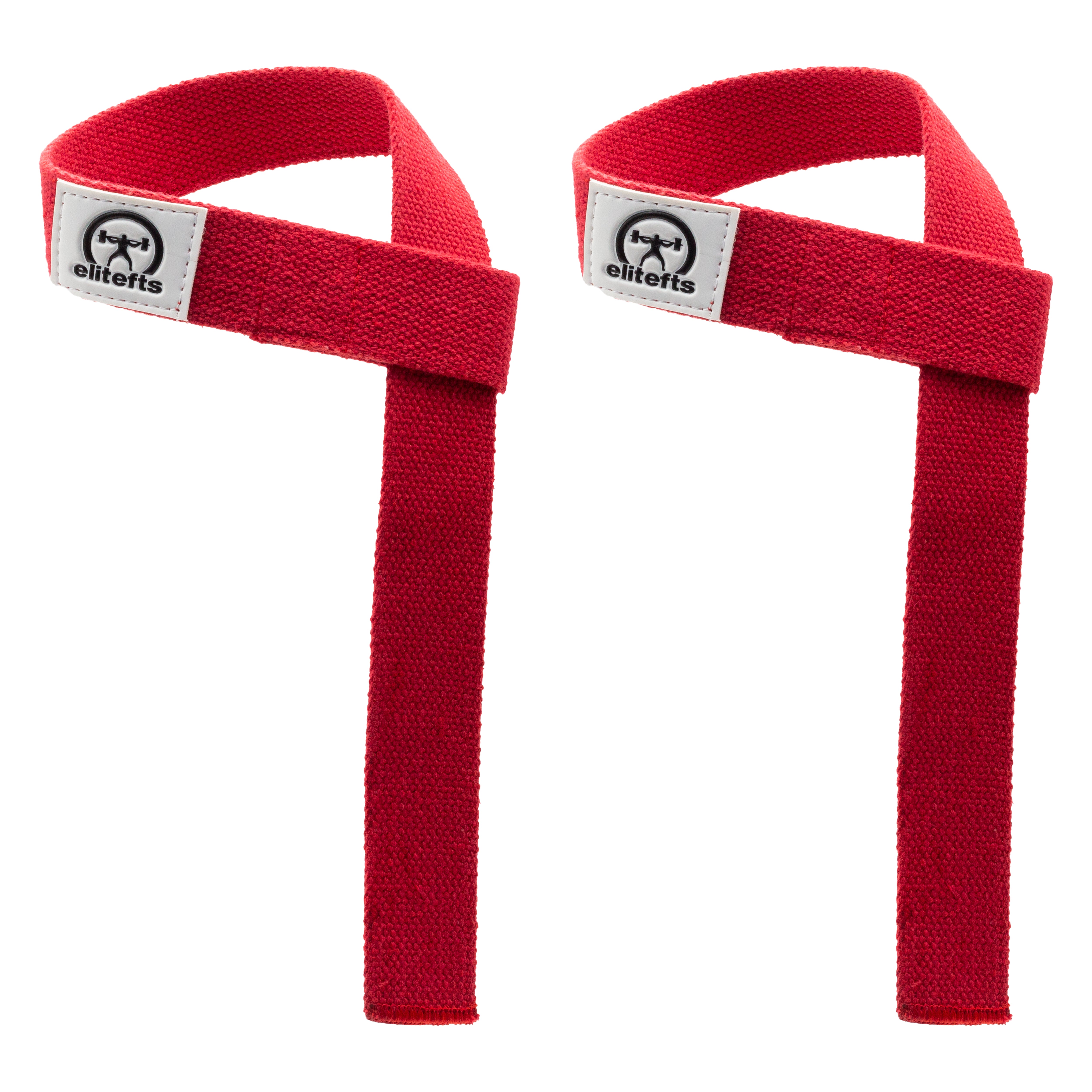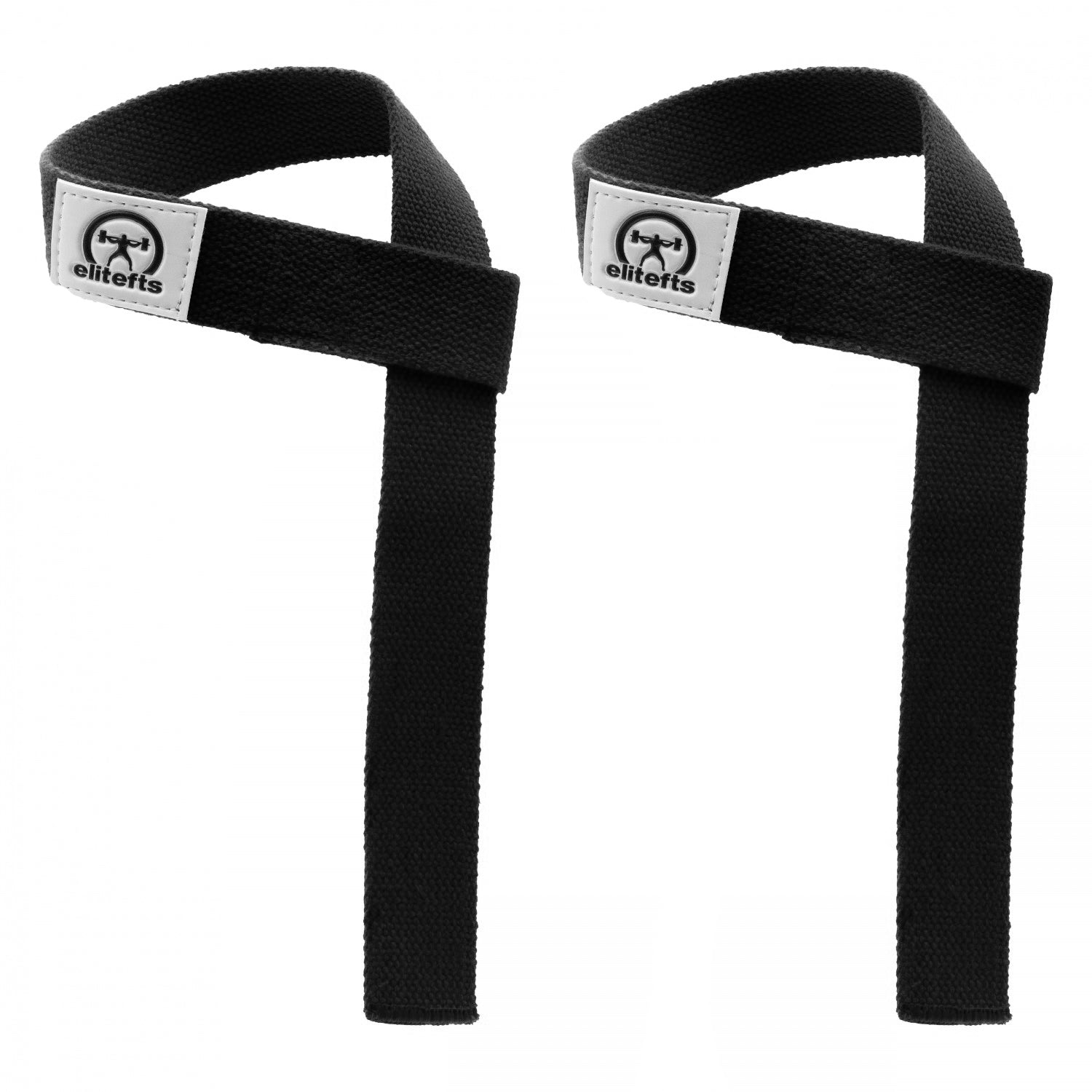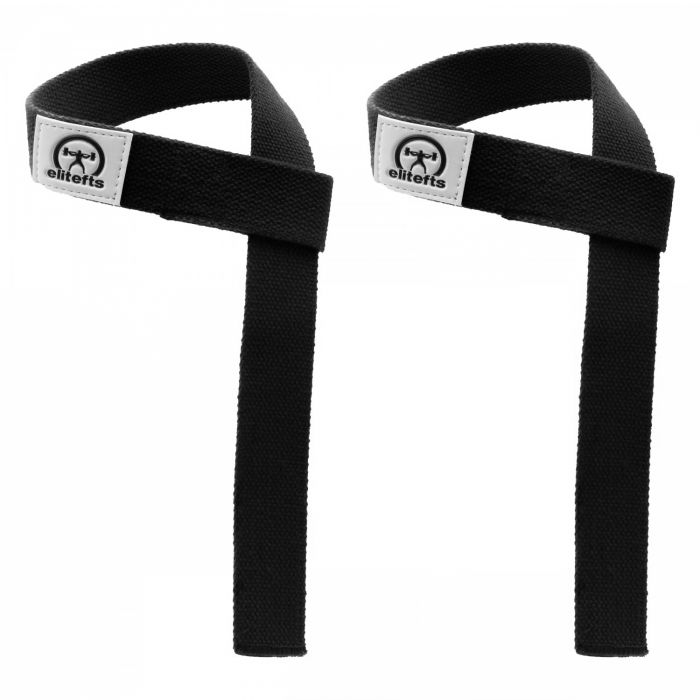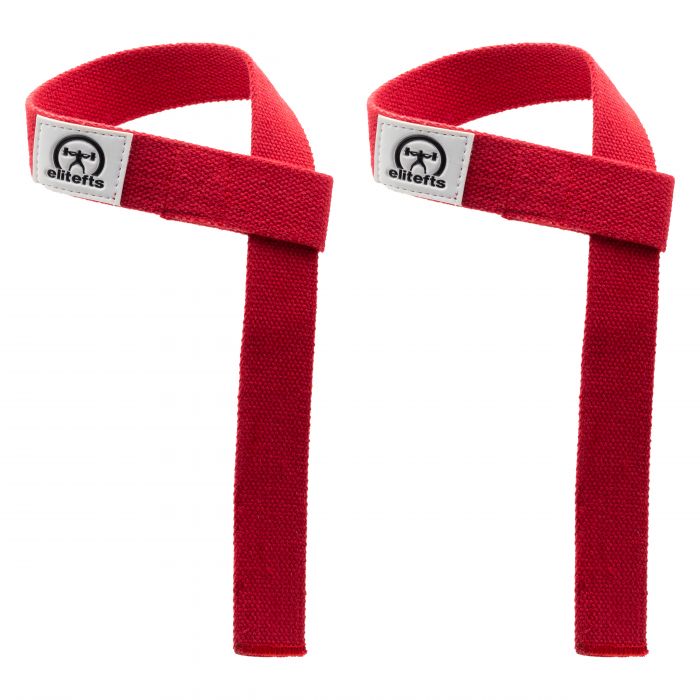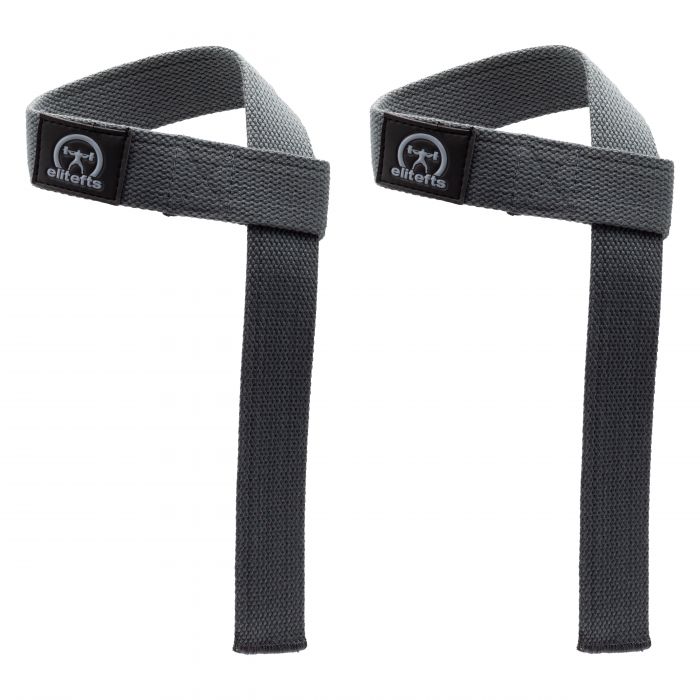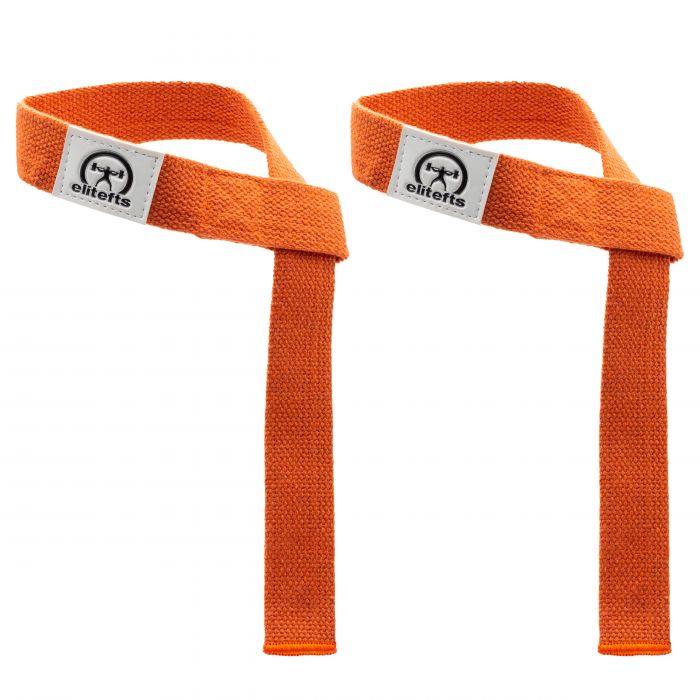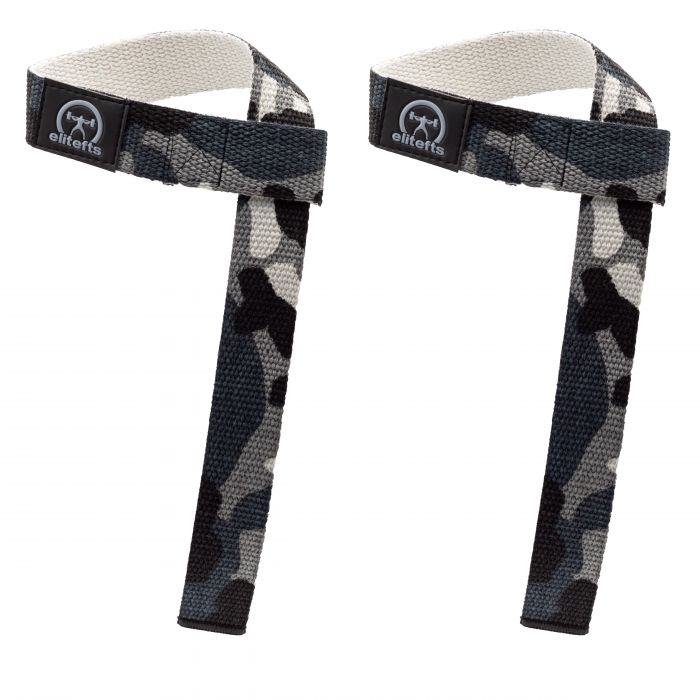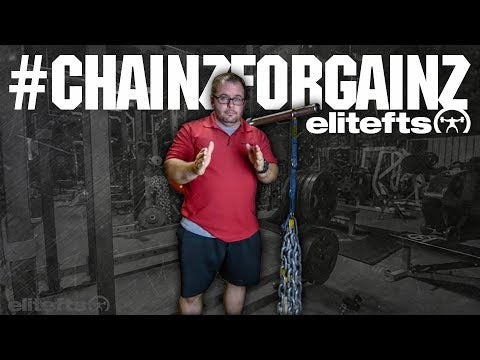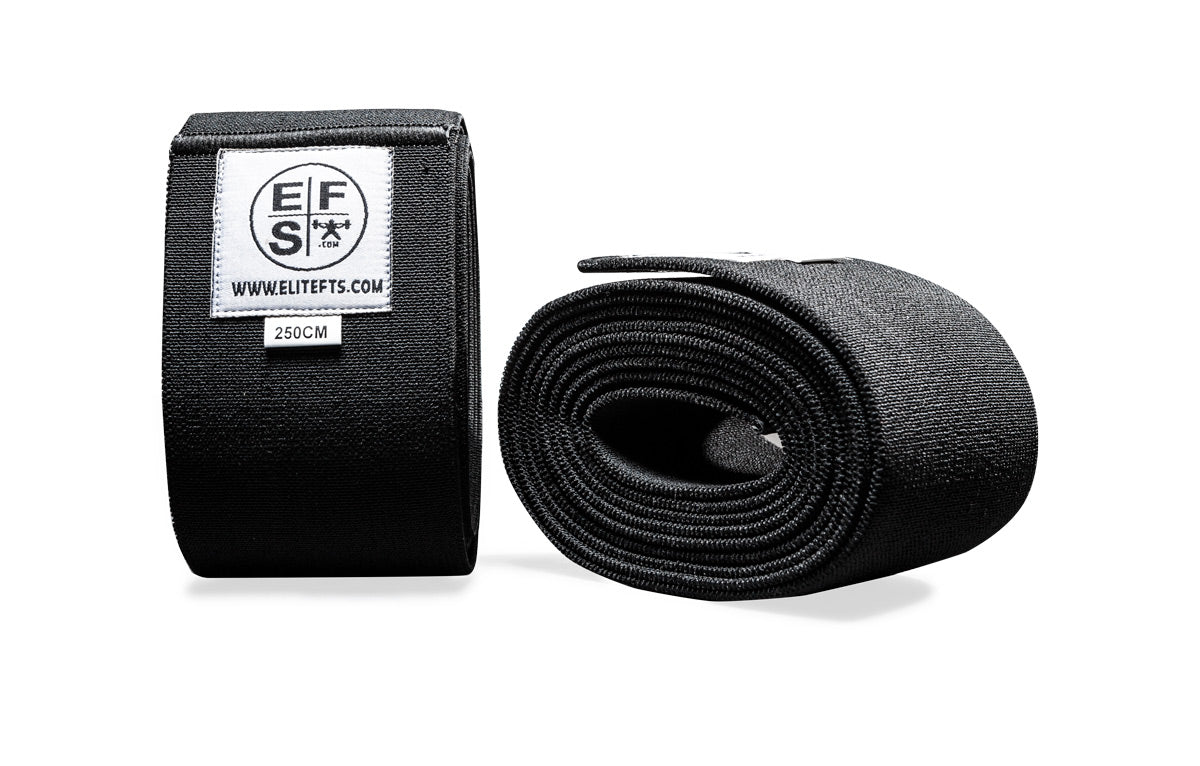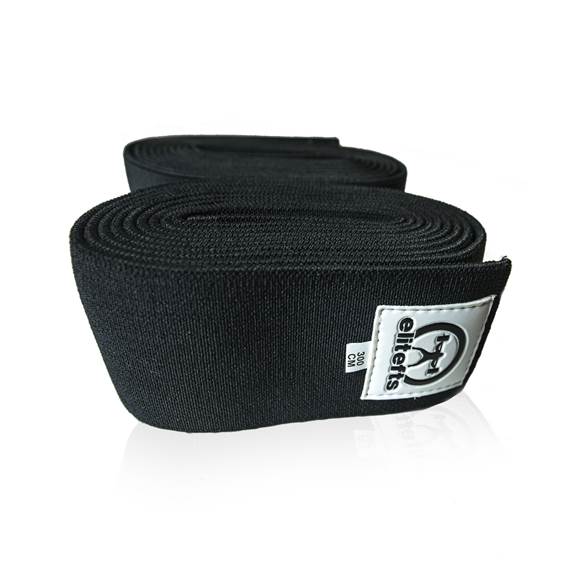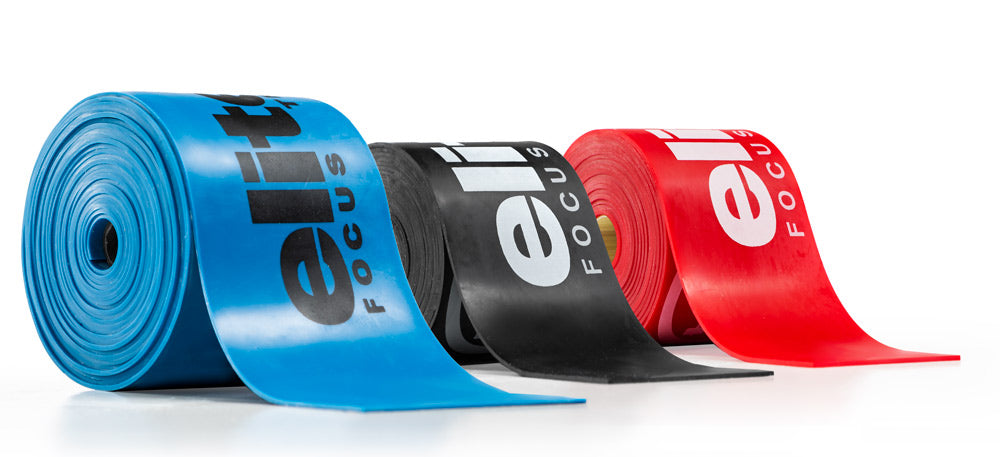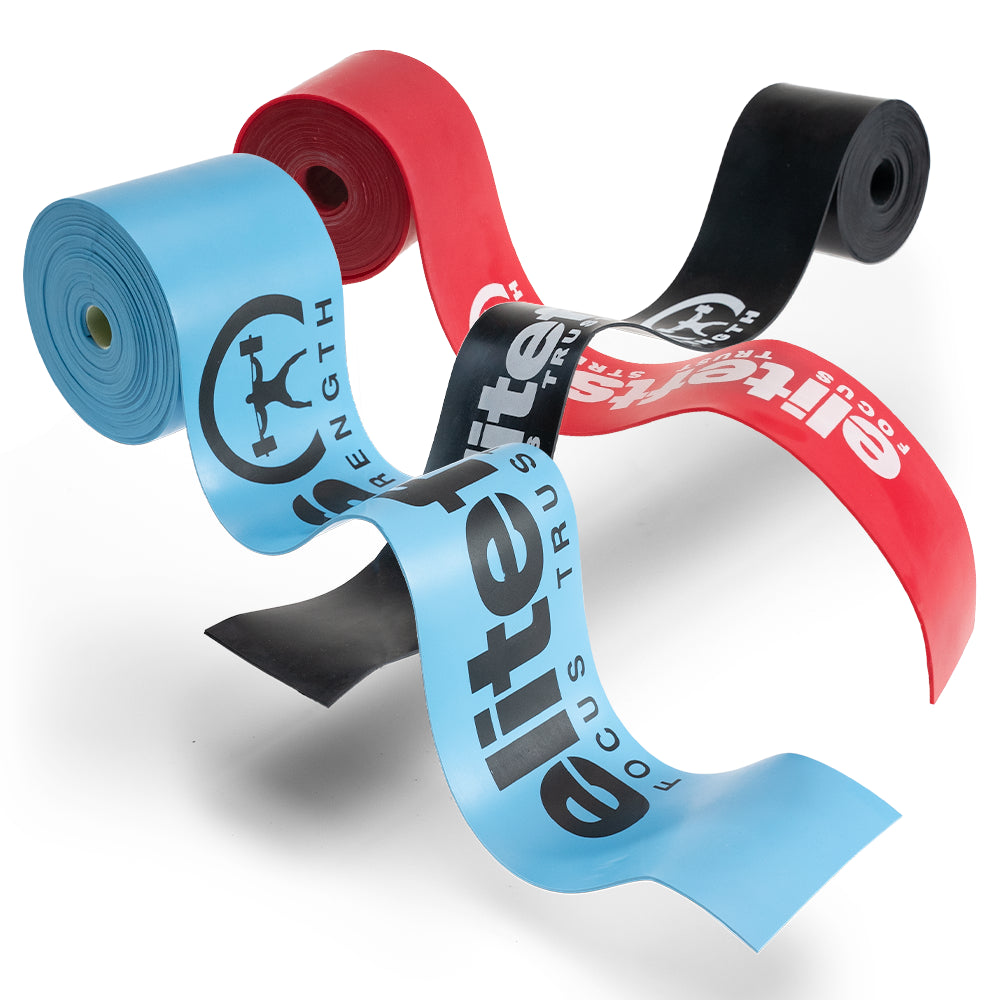How does one synthesize the seemingly distant worlds of Olympic lifting, powerlifting, speed enhancement, Strongman training, and applied functional science (AFS), functional movement systems (FMS), and anatomy trains (AT)? That is the question I've been asking myself recently. If you're thinking right now, “What the f!@# is this guy talking about?” trust me. I understand, but keep reading and I will try and clear things up a bit. I will be the first to say I'm by no means an expert in AFS, FMS, or AT, as I'm learning daily. However, I think the genesis of this article started a few months ago when my friend Ryan Russell, one of our football strength coaches, and I were having a discussion about how at times, we as strength coaches, end up fighting with the sports medicine staff over the proper course of training with injured athletes. It got me thinking about how to initiate a 'bridge the gap' conversation between the hardcore strength coach, powerlifter, bodybuilder, and athlete and the scientist, physical therapist, athletic trainer, and sports medicine staff. Far too often, I see strength coaches get pissed off at the sports medicine staff because they're too tentative and not aggressive enough in rehabilitation or making proper exercise substitutions because they have a particular view of the strength coach or the particular exercises they like to implement. Or the converse occurs where the sports medicine staff gets pissed at the strength coaches because they compromise the rehabilitation timeline of athletes by pushing them too hard too soon or choosing the wrong modality. But maybe by finding a common ground and developing a mutual respect for each other, some of the consternation can be alleviated. Also, by sorting through all of this in my head, I will hopefully be better able to integrate these concepts into my own programs. I think we can all agree that there are fundamental qualities of superior athleticism. In my opinion and in no specific order, they are power, speed, strength, agility, mobility, flexibility, coordination, kinesthetic awareness, sport-specific condition, rapid orientation from disorientation, balance, skill expertise, mental toughness, and goal orientation. The importance of these traits and which have the most relevance to what sport the athlete competes in can be debated, but essentially what I've come to realize of late is that without a certain underlying level of mobility, many of these qualities can't be expressed to their full potential. You must think of flexibility as the ability to bend without breaking and mobility as the ability to move about, especially to perform work or exercise. I think a better working definition of mobility is “flexibility in motion” and its importance is vastly underrated. For those of you unfamiliar with AFS, FMS, and AT, I put them under the general umbrella of kinesiology, although they branch into many other sciences. Let’s start with a brief introduction to each so there can be a better understanding of what I'm talking about. Applied functional science (AFS) “is the convergence of physical sciences, biological sciences, and behavioral sciences that consists of the principles, strategies, and techniques process for functional assessment, training and conditioning, rehabilitation, and injury prevention that is practical for any and all individuals regardless of age or ability" (8). Functional movement systems (FMS) are "a ranking and grading system that documents movement patterns that are key to normal function. By screening these patterns, the FMS readily identifies functional limitations and asymmetries. These are issues that can reduce the effects of functional training and physical conditioning and distort body awareness" (9). Anatomy trains (AT) “maps the 'anatomy of connection'—the whole-body fascial and myofascial linkages. It links the individual muscles into functional complexes, each with a specific anatomy and 'meaning' which leads to new holistic strategies for health professionals, movement teachers, and athletes to resolve complex postural and movement patterns" (10). I know many strength coaches dismiss AFS, FMS, and AT as some kind of weird, lame subculture within the strength and conditioning world. I say this because I used to be one of them. I'm a well-educated coach both classically and practically, but it is amazing how the older I get the more I realize how much I don’t know. Of course, like most in the field, at times I tend to be a bit obstinate, so it took multiple hits upside the head before I started to take notice and critically think about my athletes in these terms. Blow #1 (2004): Velocity Sports Performance founder Loren Seagrave personally teaches me Gray Cook’s functional movement assessment. I dismiss this as crap because I don’t score very well when the test is done on me. Blow #2 (2005–2009): A mentor of mine, Mike Curtis (strength and conditioning coach for men’s basketball at Virginia), and I have multiple discussions about functional assessment, mobility, callus patterns on feet, etc. I use some of it, but dismiss most of it because I worry about my traditional performance numbers. Blow #3 (2009): I visit with a colleague of mine, Matt Herring (strength and conditioning coach for basketball at Florida), and he talks about the work of physical therapist Gary Gray and how one of his mentors, Todd Wright (strength and conditioning coach for basketball at Texas), makes AFS a large component in his program. We talk about mobility and major restrictions he finds in thoracic mobility in most athletes that he comes across. I start to think there might be something I'm missing. Blow #4/epiphany (2010): I was presenting at a conference last spring at the University of Delaware and one of the other presenters that day was Kate Decker, who works with the Philadelphia Eagles and Temple University. She presented on fascia, human performance, and the work of Dr. Jean-Claude Guimberteau, MD and Thomas Myers, PT. I sat there listening intently and recalling an article by Chad Waterbury on T-Nation titled “The Fascia and Muscle Link" (7) and thinking that there really was something to all of this. What exactly and how was I going to apply it wasn’t quite clear, but my eyes were now open.
Fascia I began asking myself a bunch of questions that you might have asked yourself at some point. Why is it that some of my athletes have better mobility than others? Why is it that some of my athletes are constantly having the same reoccurring injuries? What else can I do as a coach besides selecting alternative exercises to still get a training effect without exacerbating their injury? The more I read, the more I have come to believe that fascia might be the missing piece in my equation.

Fascia“is a layer of fibrous tissue that permeates the human body. A fascia is a connective tissue that surrounds muscles, groups of muscles, blood vessels, and nerves, binding those structures together in much the same manner as plastic wrap can be used to hold the contents of sandwiches together. It consists of several layers: a superficial fascia, a deep fascia, and a subserous (or visceral) fascia and extends uninterrupted from the head to the tip of the toes" (1, 3, 4, 6). A magnification of myofascial tissue, individual muscle fibers within the cotton floss of the endomysial fascia (4).
Holy grail If the equation for respiration, C
6H
12O
6 + O
2=ATP + CO
2, is the holy grail of biology, I propose that the perfect equation for human performance is:
Nerve6Muscle12Epithelial6 + Fascia2 = Power (Force x Distance/Time) + Strength (Force=Mass x Acceleration) Granted I have taken some liberties, but I derived this from basic embryology where the ovum proliferates into stem cells. They migrate into the ectoderm, which becomes nerve; the mesoderm, which becomes muscle; and the fascia and endoderm; which becomes epithelial. “The human body stems from a single fertilized human ovum, which proliferates wildly. The daughter cells then specialize and each tissue cell exaggerates some function of the ovum and cells in general (e.g. a muscle specializes in contraction, a neuron in conduction, epithelia in secretion, etc.) and conversely other functions diminish. A nerve cell conducts extraordinarily well, but as a result of that specialization, cannot easily reproduce itself. Epithelia do very well at creating enzymes but lose the ability to significantly contract. Yet each cell still partakes of the unique individual whole in its constant communication with its neighbors, near and far, and in the similarities of chemical structure from glucose as a universal fuel right on down to the tangled helix of DNA" (2).

I argue that if you combine nerve, muscle, epithelial, and fascia with proper training, you get, in my opinion, the two most critical elements to athletic success in power and strength, with power defined simply as the ability to apply the maximum amount of force over a distance in the shortest amount of time and strength defined as moving a heavy weight quickly. Now let me reiterate the ‘proper training’ I mentioned earlier. There are a multitude of ways to get an athlete stronger and more powerful, but what I'm suggesting is that we all must start with the same four building blocks and train them separately but also conjointly, realizing that they work synergistically.
Single muscle theory versus anatomy trains Our traditional education teaches us that we are made up of approximately 206 bones, 640 skeletal muscles, 60,000 miles of blood vessels, 50 miles of nerves, and so much connective tissue that it can’t be counted. Our microscopic view needs to change to a more macroscopic or shall I say holistic view of the human body and performance. “The ‘biceps brachii’ can only exist as a separate structure with a knife’s intervention to divide its ends from various attachments, its connections with surrounding myofascial units such as the brachialis, as well as its nerve and blood supply, without which it simply could not function. The idea that there are separate parts—a liver, a brain, a biceps—–may be the way that we think, but it is not the way physiology ‘thinks’" (2). Myers calls this the single muscle theory, and in this theory, the biceps gets defined as a radio-ulnar supinator, an elbow flexor, and a weak flexor of the shoulder. In the AT view, additional information is added to this: “The biceps brachii is an element in a continuous fascial plane or myofascial meridian which runs from the outside of the thumb to the fourth rib and beyond.” The second statement does not negate the first, but it adds a context for understanding the biceps’ role in stabilizing the thumb (down the myofascial line) and keeping the chest open and the breath full (up the line) (2).

Single muscle theory view (4)

Anatomy trains view (4)
Tensegrity 
“If we can get away from the idea that bones are like girders and muscles are the cables that move the girders, we are led to a class of structures called ‘tensegrity’ (the integrity lies in the balance of tension). Originated by Kenneth Snelson and developed by Buckminster Fuller, tensegrity geometry more closely approximates the body as we live and feel it than does the old ‘crane’ model. In the dance of stability and mobility that is a human moving, the bones and cartilage are clearly compression resisting struts that push outward against the myofascial net. The net, in turn, is always tensional, always trying to pull inward toward the center. Both elements are necessary for stability, and both contribute to practical mobility" (2).“

Tensegrity structures, when stressed, tend to distribute rather than concentrate strain. The body does the same, with the result that local injuries soon become global strain patterns (4).
The anatomy trains

The concept is very simple: if you follow the grain of the fascial fabric, you can see where muscles are linked up longitudinally. When this is done, there are 12 or so major myofascial meridians that appear in common use in human stance and movement, forming clear lines, or tracks, that traverse the body. The first three lines are termed the ‘cardinal’ lines in that they run more or less straight up and down the body in the four cardinal directions—front, back, and left and right sides (2).

• Superficial front line (4) • Superficial back line • Lateral line (two sides) • Spiral line • Arm lines (4) • Functional lines (two—front and back) • Deep front line I will not go into detail on each one, as you can look them up for yourself, but as I have studied them further, I now have a better understanding of how and what AFS and FMS evaluations are telling me about an athlete. The one thing I will point out is that all of these meridians at some point cross through one major joint. That’s right—you guessed it. The mother of them all and where the primary focus of training should be for every athlete is the hip. The hip is where it is at and no wonder since it has 17 of the largest muscles of the body attached to it. There is a great analogy by ATC and faculty member of the Gray Institute, Joe Przytula, where he describes the hips as the monster beneath the bed. “Not only does it have all that musculature, butthey are superficially hidden by that big mattress we call the gluteus maximus. A few years back researchers Porterfield & DeRosa discovered the monster even has tentacles! Well, sort of—we call it fascia. It functionally links the hips with pretty much the entire body.” He goes on to say that “we make the monster happy when we feed it. Hips love ground, gravity, and momentum. They prefer lunges, squats, and step-ups. Adding some arm reaches in with the mix is like whip cream on top. They love variety in the form of direction, plane, speed, and load changes" (5). So with all this knowledge, the next step is how to practically apply it. I'm currently in that research and development process myself, but I can say the following thus far. Foam rolling/self-myofascial release, multi-planar stretching/strength training, and proper hydration are the foundations I'm basing my programs on. This article had three main purposes with the first being to find some common ground for all types of lifters, coaches, trainers, and sports medicine professionals. The second was to try and work through all of this in my own head so that I have a clearer picture of what I want to implement with my athletes. The third was to elucidate the mysterious thing called fascia that not many people are aware of but is so ever present and hard to ignore anymore. Hopefully, I have satisfied those three intents and have started a conversation on how to look at the body and human performance in a way that all parties can partake in. In the future, I hope to be able to offer some more real world examples that I'm finding beneficial to my athletes. In the meantime, I defer to all the individuals I have referenced in this article. I encourage you to learn more about these topics, as I truly feel that it will only end up making you and anyone you work with healthier and stronger.
References - Chew, Ming (2009) The Permanent Pain Cure. New York: McGraw-Hill.
- Jarmey Chris, Myers Thomas (2006) The Concise Book of the Moving Body. North Atlantic Books, pgs 166–84.
- Marieb Elaine Nicpon, Hoehn Katja (2007)
Human anatomy & physiology. Pearson Education, pgs 133. - Myers Thomas (2009) Anatomy Trains: Myofacial Meridians for Manual and Movement Therapists. Churchill Livingstone Elsevier.
- Przytula Joe “The Hips: The Monster Beneath the Bed.” At:
http://www.grayinstitute.com/articles.aspx?Article=8. - "Self Myofascial Release." At:
http://www.sport-fitness-advisor.com/self-myofascial-release.html. - Waterbury Chad. “The Fascia and Muscle Link.” At:
http://www.t-nation.com/free_online_article/sports_body_training_performance/the_fascia_and_muscle_link
- Applied Functional Science. At:
www.grayinstitute.com. - Functional Movement Systems. At:
www.functionalmovement.com. - Anatomy Trains. At:
www.anatomytrains.com.


























































